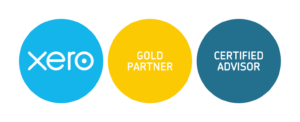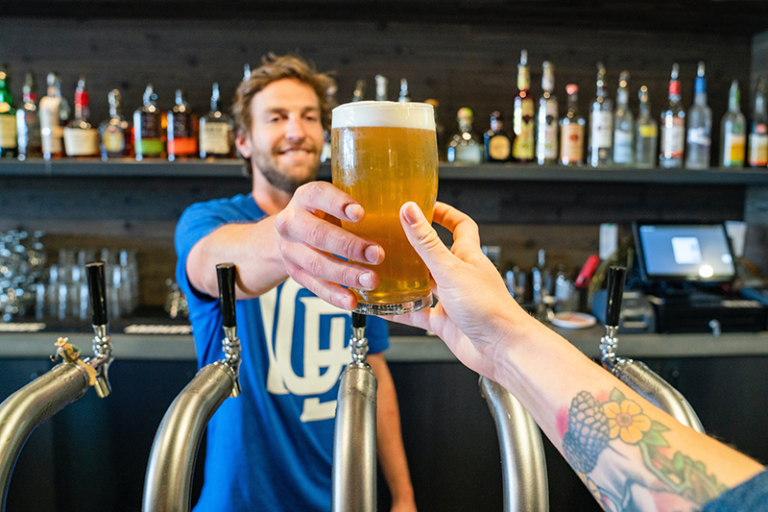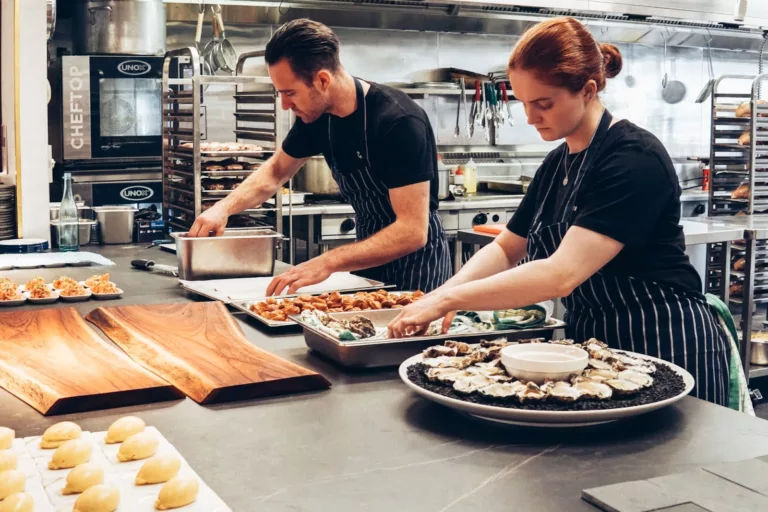What is the EBITDA multiple for restaurants?

As a restaurant owner, you typically have three choices for exit: Close your business, Leave it to a family member or key employee, or Sell to an outside party. We’ve previously written about your restaurant retirement options if you’re interested.
When you start thinking about retirement, one of the first questions that comes to mind is: how much is my restaurant actually worth?
To determine your restaurant’s valuation, it’s essential to understand the concept of EBITDA (Earnings Before Interest, Taxes, Depreciation, and Amortization) multiples.
In this post, we’ll explain the standard EBITDA multiple for restaurants and share tips to increase your restaurant’s valuation.
What is EBITDA?
First things first, let’s recap what EBITDA is.
Simply put, EBITDA(Earnings Before Interest, Taxes, Depreciation, and Amortization) is a measure of your restaurant’s profitability.
It shows how much money your restaurant makes before subtracting costs like interest on loans, taxes, and accounting decisions like depreciation and amortization.
By focusing on these core earnings, EBITDA provides a clearer picture of how well your restaurant is doing financially.
Oh, and did you know that you can actually calculate and track your restaurant’s EBITDA performance right within your accounting software? Xero has the ability to customize your financial reports (at no extra cost) to calculate and track your restaurants EBITDA right within your P&L, and is one of the reasons why we highly recommend using Xero for your restaurant’s accounting.
Explaining EBITDA Multiples for Restaurants
In the restaurant industry, valuations are often based on EBITDA multiples.
The EBITDA multiple is a number that represents how many times your restaurant’s EBITDA a buyer is willing to pay.
For example, if the EBITDA multiple is 4 and your restaurant’s EBITDA is $100,000, your restaurant could be valued at $400,000.
Here’s what the formula looks like: Valuation = EBITDA × EBITDA Multiple
Using the example above, the valuation of the restaurant would be:
Valuation = $100,000 × 4 = $400,000
Standard EBITDA Multiple for Restaurants
The standard EBITDA multiple for restaurants typically ranges from 3 to 5.
This means that if your restaurant has an EBITDA of $100,000, it could be valued between $300,000 and $500,000, depending on factors like how big the restaurant is, how much it sells, and if it can grow more.
Generally, single location restaurants with smaller sales, margins, and limited growth potential have lower multiples. But multi-location restaurants with more sales and room to grow usually have higher multiples.
This makes sense because bigger restaurants often have more customers and a stronger reputation, so buyers are willing to pay more for them. On the other hand, smaller restaurants might struggle to grow or attract as many customers, which lowers their value.
Understanding these differences can help you figure out how much your business is worth and what you can do to make it more attractive to buyers.
How to Increase Your Valuation
While some things affecting your restaurant’s worth, like its location or size, are tough to change, there are key areas where a skilled restaurant accountant can help you raise your value.
Here are three factors you can control that can help you increase EBITDA:
- Pricing: Adjust how much you charge for your dishes.
- Portion Control: Keep an eye on how much food goes into each meal.
- Cost Control: Manage your expenses carefully.
This is why we strongly suggest getting an inventory management system well before selling your restaurant. Though it can cost around $3,000 – $4,000 upfront, the payoff when you sell can be much bigger.
Inventory management software, like MarginEdge, helps you set the right prices, avoid wasting ingredients, figure out the exact cost of each dish, and track expenses.
Spending a few thousand dollars on such a system could boost your restaurant’s value by as much as $100,000.
Consider this: if your restaurant makes $1 million in sales and you save 3% by using MarginEdge, that’s $30,000 added to your EBITDA. Assuming an EBITDA multiple of 3-4, that’s $90,000 to $120,000 added to the sales value of your company..
Would you invest $3,600 to potentially gain $100,000 or more? Of course, you would!
Get The Help Of A Restaurant Accountant
If you plan to sell your restaurant in the next 5-10 years, we strongly recommend getting help from an experienced restaurant accountant.
A good accountant can assist you with all the factors that will affect your valuation—pricing, portion control, cost control, and more.
Additionally, investing in a reliable inventory management software like MarginEdge can also be beneficial.
If you’re in the market for a new restaurant accountant, use the calendar below or visit our Getting Started page to get in touch. We’re always here to help.
Until next time!

By MATT CIANCIARULO



